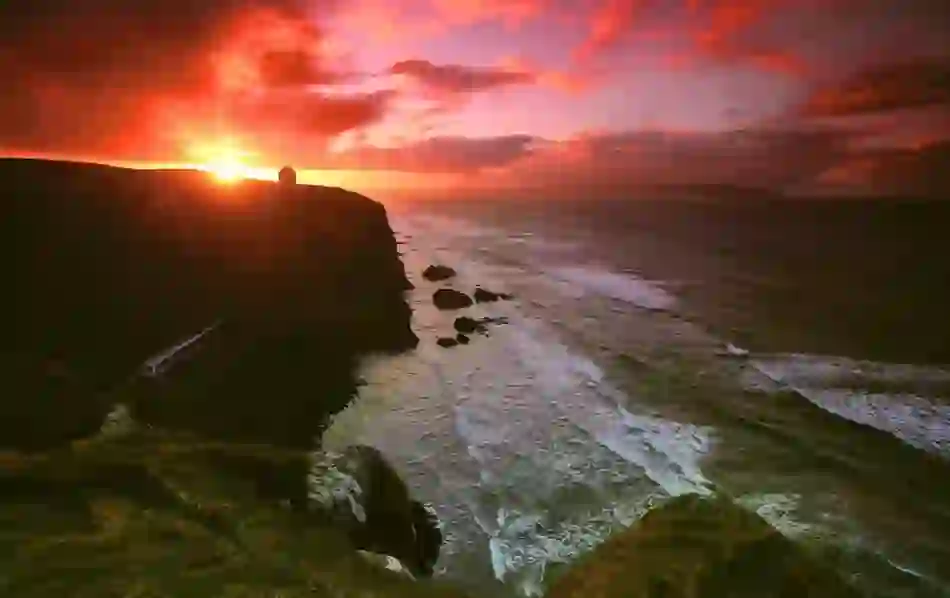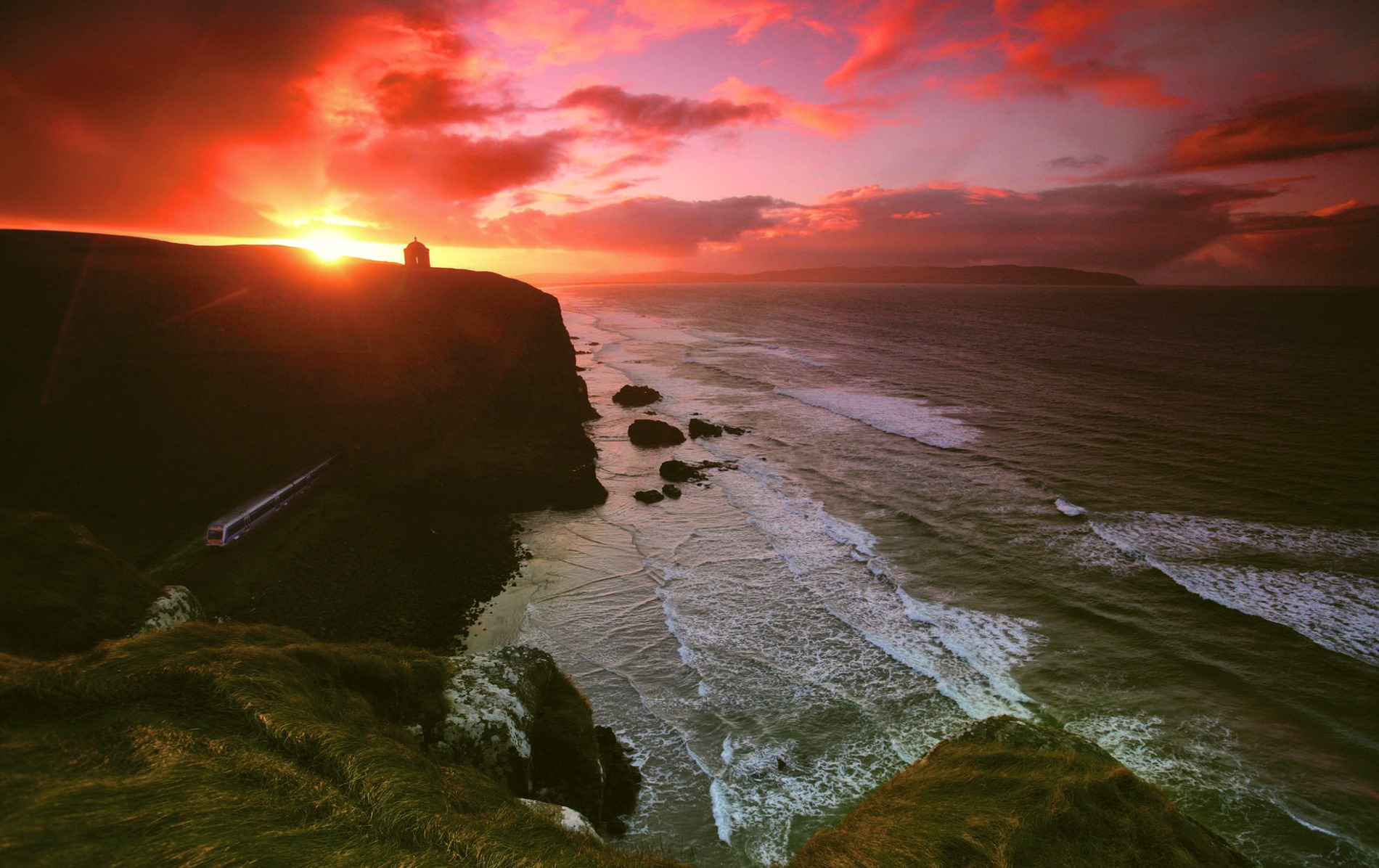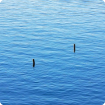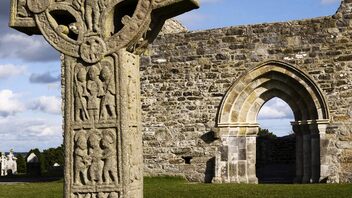

The Vikings
In the wall of the Church of Ireland cathedral in Armagh lie the bones of Irish hero Brian Boru, who vanquished the Vikings and liberated Ireland at the historic Battle of Clontarf in 1014.
All hail Brian, Ireland and St Patrick!


Optional Caption Text
Well, no. Brian was too old to fight; he was killed in his tent after the battle. “And the Battle of Clontarf was nothing to do with freeing Ireland,” says Jack Burtchaell, historian and tour guide in Waterford.
“It was a turf war over trade. Brian Boru was recast as a nationalist in the 19th century, but it’s all rubbish – there were Norsemen [Vikings] fighting on his side.”
Ireland’s Viking history is a recent discovery. Some 25 years ago, Dublin Corporation commissioned a headquarters on Wood Quay, one of the oldest parts of the capital.
During the build, diggers unearthed vast quantities of Viking relics, which are now in the National Museum in Dublin and in Dublinia heritage centre in Temple Bar.
A Viking history
This stunning find rewrote history, says Neil Hegarty, author of The Story of Ireland, which accompanied Fergal Keane’s series for the BBC and the Republic of Ireland’s national broadcaster RTÉ: “The Vikings’ story had been almost completely unknown but suddenly we could see how they lived, what they ate, what they made and what they traded.”
Here to stay
Far from ceaseless rampaging, it seems that the Norsemen were settlers by inclination. The 830s saw their first attacks on Ireland, and by 835 they were attacking the monastery at Clonmacnoise. “That’s what made them so terrifying,” says Hegarty.
A mere six years later, in the autumn of 841, the Vikings pulled their longboats out of Lough Neagh, signalling their decision to stay.
A deep legacy
“The Vikings shaped the Ireland of today,” says Hegarty. “There were no towns here, but Limerick, Cork, Waterford, Wexford, Youghal, Arklow and Wicklow all have Viking origins.”
Place names echo their Nordic roots: Strangford and Carlingford, Wexford and Waterford are all corruptions of “fjord”.
Hegarty agrees, “Ey is another Viking giveaway, because it means ‘surrounded by water’, like Dalkey and Ireland’s Eye.”
Not just raiders
Within a generation the raiders had settled. “With the Wood Quay treasures, you can see how Irish design was influenced by a Scandinavian aesthetic. These people made jewellery, worked glass and minted coins – they were civilised, not thugs,” says Hegarty.
Burtchaell concurs: “They influenced design, seafaring, shipbuilding and they plugged Ireland into a trading network that stretched from Iceland to Turkey and the Baltic.”
And even the Viking reputation for disproportionate violence is unfair. The records were mostly written or preserved by monks, so they are bound to reflect a jaundiced view.
“Yes, the Vikings attacked monasteries,” says Burtchaell, “but as for bloodthirsty pillaging, well, basically, they were no worse than the natives.”
































